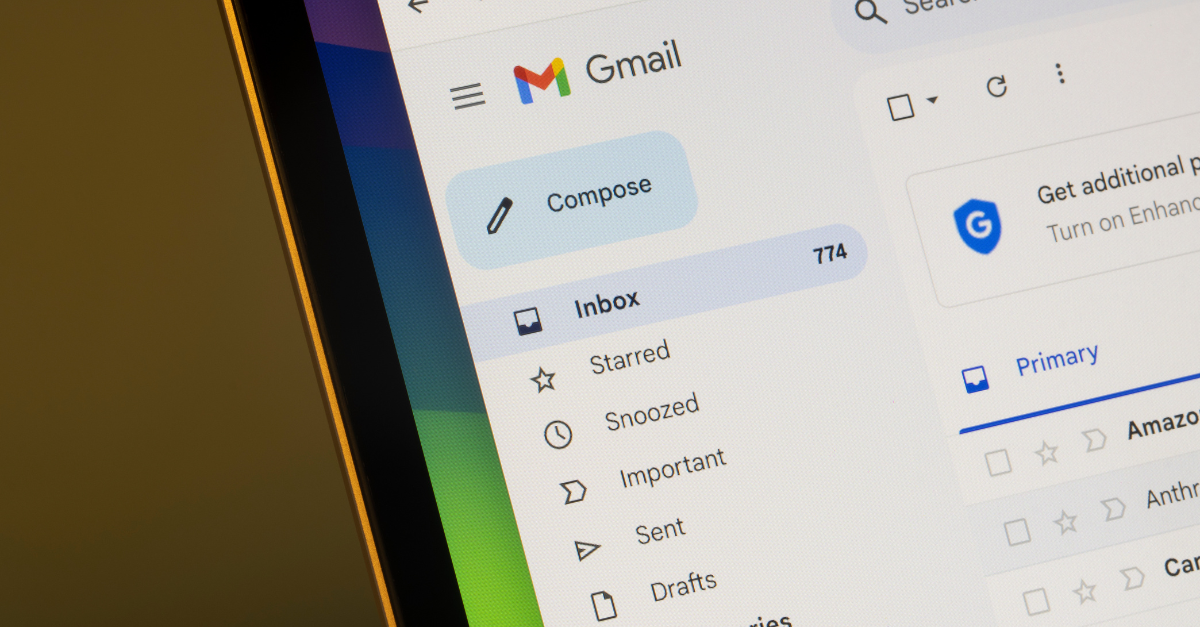There’s a lot of chatter in email marketing circles about Google following in Apple’s footsteps and changing the way they handle email tracking pixels in Gmail. This is apparently all part of an ongoing effort across the industry to enhance user privacy by limiting the ability of marketers (and potentially less scrupulous parties) to track user behavior without their consent.
So what does this mean for email marketers? Is it another nail in the coffin for email marketing?
Before we answer those questions, it’s probably best to explain exactly what a tracking pixel is and what the implications are if the rumors are true.
What is an Email Tracking Pixel?
An email tracking pixel is a small, invisible image that is embedded in emails and allows senders to track metrics like when an email is opened, where it is opened, and other information like the user’s device and IP address.
Email marketing platforms (including emfluence) have historically relied heavily on tracking pixels embedded in emails to determine whether a recipient opens an email. This data is critical to gauging campaign success, tracking user engagement, and optimizing future campaigns.
With Gmail potentially blocking these pixels (or preloading them as Apple did with its Mail Privacy Protection update released with iOS 15), email open rate data becomes an unreliable metric to judge the success of a send.
So is Google Blocking Email Tracking Pixels?
At the time of writing, yes and no.
There is evidence that Gmail is currently blocking tracking pixels in cold outreach emails. In many cases, these emails, which are sent without prior consent from the recipient, look a lot like Spam and are increasingly finding their way into the Spam folder.
BTW — if you are currently tracking email opens without your recipients’ consent, you are in danger of breaching global privacy regulations like GDPR. You need to stop this practice now and reconsider how you conduct your cold outreach strategy.
This means, if you are in sales or business development, you may have to take a less technologically advanced approach to sending these cold outreach emails. It also means, with no open rate data, you’ll have to work those leads a little harder and potentially pick up the phone a little more often.
Check Your Spam Folder Now!
If you doubt the impact of this change, I suggest you check your spam folder right now. I guarantee there will be messages from people you know and trust that previously wouldn’t be in there.
Email Marketing Newsletters
The good news is, Google is not currently blocking tracking pixels for legitimate, permission-based email marketing campaigns and newsletters which will typically be directed to the promotions tab in Gmail.
Does this mean that Google will continue to support email tracking pixels? Your guess is as good as mine, but I wouldn’t bet the farm on it.
The fact is, email marketers, if they haven’t done so already, need to move away from old habits that relied on tracking pixels and start measuring success in different ways.
What Impact Will This Have on Email Marketing?
Blocking email tracking pixels is already having a significant impact on email marketing. Here are just some of the changes, email marketers have to navigate:
Email Open Rates
Ever since Apple rolled out iOS 15 (we’re currently on iOS 18), marketers haven’t been able to trust open rates as a measure of success. This means marketers should have already moved on from open rates and be looking towards click-through rates (CTR) and conversion rates as the most accurate methods of measuring campaign success. If you think about it, this is a positive move referencing a much more vital metric. People might open your emails, but if they don’t click on your campaigns, can you ever say they are successful?
A/B Split Testing
A/B testing in email marketing often relies on open rates to gauge the winning subject lines or preview text. Without reliable open data, it becomes harder for marketers to determine which version of an email performs better. This doesn’t mean you should stop A/B testing your emails. You just need to look at alternative metrics to gauge success.
List Segmentation Based on Location and Device Tracking
Some tracking pixels collect information about the geographic location of a recipient and the type of device an email was opened. This information is often used to segment lists and optimize sends accordingly. Blocking these pixels can lead to inaccurate or missing data on user location and devices used. Again, not a disaster. This just means that email marketers need to look at data created a little later in the customer journey via their CRM or eCommerce platform.
New Email Marketing Strategies
Saying goodbye to email tracking pixels isn’t all bad news. In fact, for many email marketers, it’s an opportunity to move beyond the old ways of doing things and optimize their email marketing strategies.
As well as shifting their focus away from the vanity metrics of opens and looking towards more relevant metrics like click-through and conversion rates, this is also a great opportunity to focus on optimizing your email content and building a more coherent strategy that breaks down your marketing silos and brings email, social media, content marketing, paid search, SEO, and CRM marketing under the same roof.
Learn More
To learn more about optimizing your email marketing strategy in the post-email tracking pixel era and successfully managing your campaigns in a world where privacy matters, contact the email marketing experts at emfluence today at expert@emfluence.com.



